Mold is a common occurrence in schools and can have detrimental effects on both the physical health of students and the overall learning environment. In this article, we will explore the importance of addressing mold issues in schools and the necessary steps to prevent and remove mold growth. We will also discuss the role of restoration companies in ensuring a safe and healthy environment for students.
How to Report Mold in School
Prompt reporting of mold in schools is crucial for timely action and remediation. If you notice any signs of mold, such as musty odors or visible growth, it is important to report it immediately. Contact the school administration or facilities department and provide them with detailed information about the location and extent of the mold.
Restoration companies, specializing in mold removal and water damage restoration, can also be contacted for professional assistance. They have the expertise and equipment to assess the mold situation accurately and provide effective solutions.
Mold in Classroom Symptoms
Mold presence in classrooms can lead to various symptoms among students and staff. Common signs of mold exposure include allergic reactions such as sneezing, coughing, and skin rashes. Respiratory problems like wheezing, difficulty breathing, and exacerbation of asthma symptoms can also occur.
It is essential to identify these symptoms and take immediate action to mitigate mold growth and protect the health of students and staff.
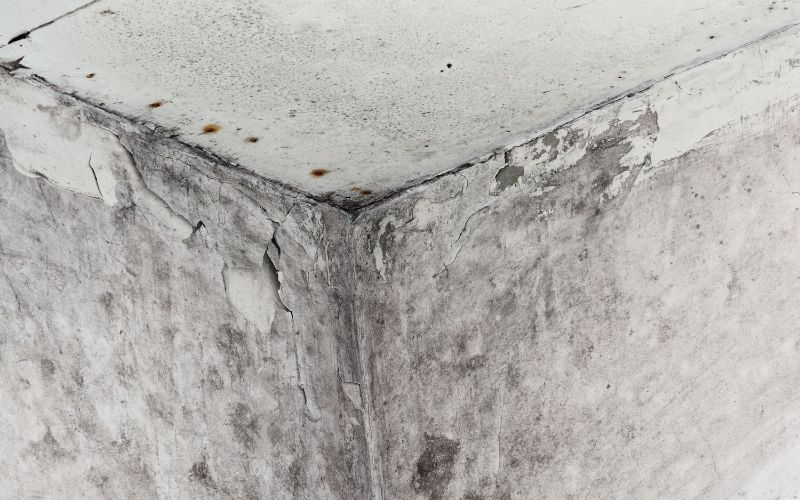
Health Risks Associated with Mold Exposure
Mold exposure can have serious health risks, particularly for individuals with allergies or respiratory conditions. Allergic reactions to mold spores can cause nasal congestion, itchy eyes, and throat irritation. Prolonged exposure may lead to more severe respiratory issues such as bronchitis and asthma attacks.
Additionally, mold exposure can have long-term effects on lung function and contribute to the development of respiratory diseases. It is crucial to address mold issues promptly to prevent these health risks.
The Role of Restoration Companies
Restoration companies play a vital role in addressing mold issues in schools. They have the necessary expertise, experience, and equipment to handle mold removal effectively. Restoration companies employ trained professionals who can identify the root causes of mold growth, mitigate the moisture source, and safely remove mold from affected areas.
By hiring a restoration company, schools can ensure that mold issues are addressed comprehensively, minimizing the risk of recurring mold problems.
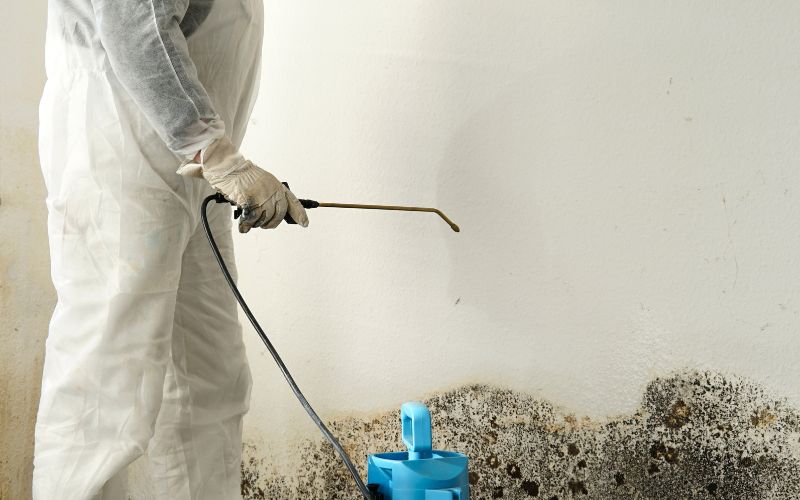
Mold Removal Techniques
Effective mold removal involves a systematic approach that addresses both the visible mold and the underlying moisture source. Restoration companies use various techniques such as containment, air filtration, and thorough cleaning to remove mold safely.
Additionally, identifying and addressing the root cause of mold growth, such as water damage or excessive moisture, is crucial to prevent future mold outbreaks.
Preventing Mold Growth in Schools
Preventing mold growth requires proactive measures and regular maintenance. Schools should prioritize moisture control by promptly addressing water leaks, maintaining proper ventilation, and managing humidity levels.
Regular inspections for early detection of water damage and mold growth can also help prevent the spread of mold and minimize potential health risks. It is essential to educate staff and students about mold prevention measures, such as reporting water leaks and practicing good hygiene.
Importance of Water Damage Restoration
Water damage is often the underlying cause of mold growth in schools. Whether it is due to plumbing issues, roof leaks, or flooding, water damage needs to be addressed promptly and effectively to prevent mold infestation.
Water damage restoration involves drying and dehumidifying the affected areas, removing any standing water, and repairing or replacing damaged materials. By addressing water damage promptly, schools can minimize the risk of mold growth and create a healthier learning environment.
Creating a Healthy Learning Environment
Addressing mold issues in schools is crucial for creating a healthy learning environment. Mold-free classrooms contribute to better indoor air quality, reducing the risk of allergies, asthma, and other respiratory problems among students and staff.
Collaboration between school administrators and restoration companies is key to ensuring that mold issues are properly addressed and prevented. By working together, schools can provide a safe and conducive environment for students to learn and thrive.
Conclusion
Mold in schools poses significant health risks and affects the overall learning environment. Prompt reporting of mold, along with the involvement of restoration companies specializing in mold removal and water damage restoration, is essential for mitigating these risks. By addressing mold issues promptly and taking preventive measures, schools can create a healthy and safe environment for their students and staff.
FAQs
Mold exposure can cause allergic reactions, respiratory problems, and long-term health issues among students.
Mold in schools can potentially lead to legal issues if proper action is not taken to address the problem promptly.
Mold issues in schools should be addressed as soon as they are identified to prevent health risks and further mold growth.
Schools can practice regular maintenance, address water leaks promptly, maintain proper ventilation, and educate staff and students about mold prevention.



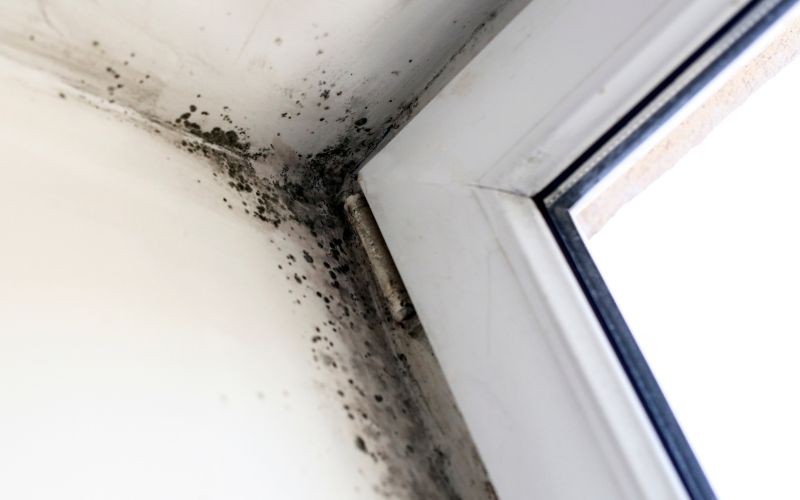
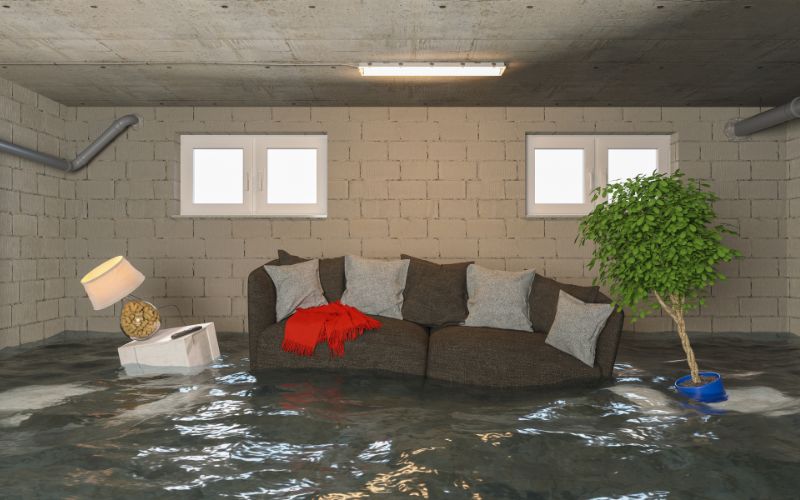
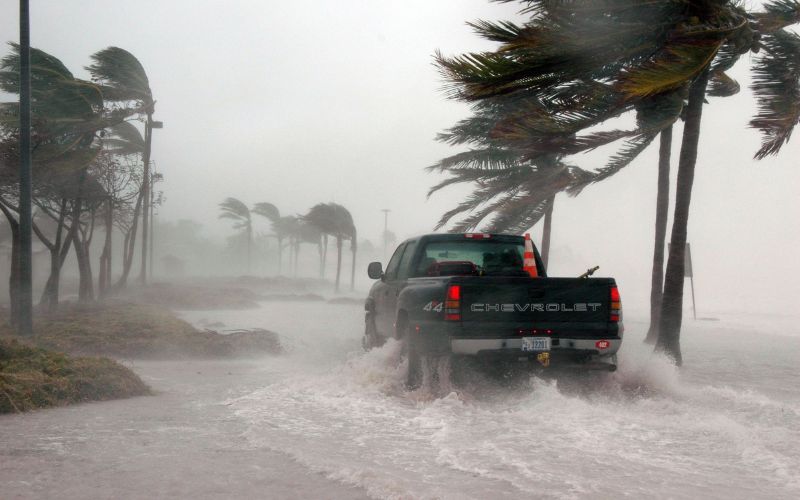
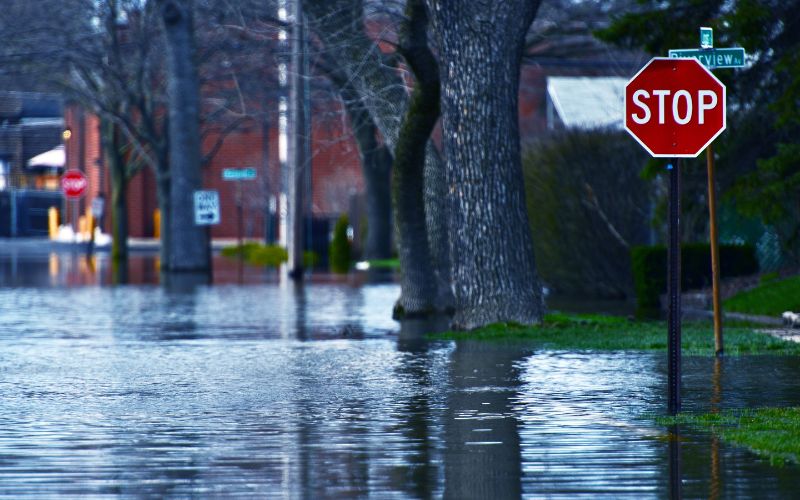
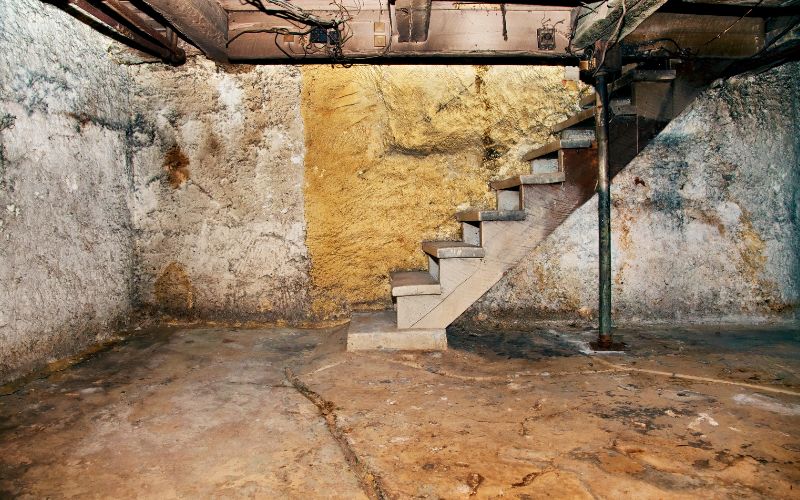
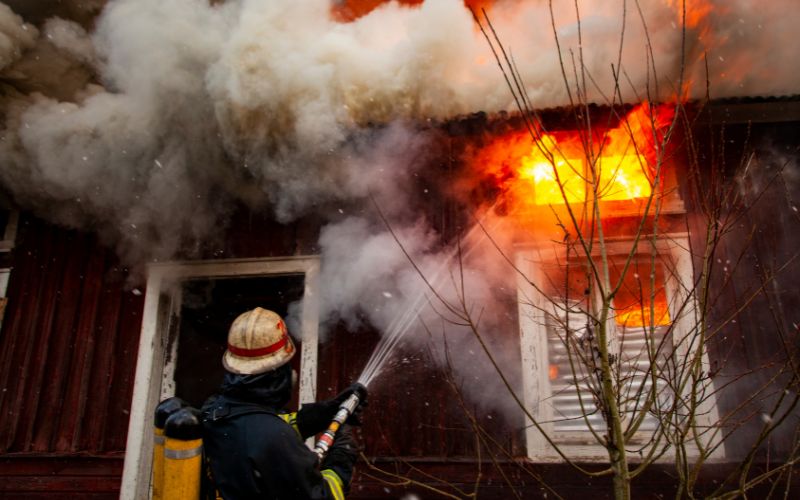




 by
by